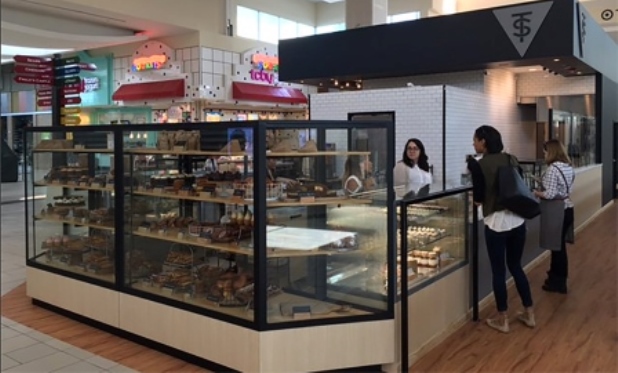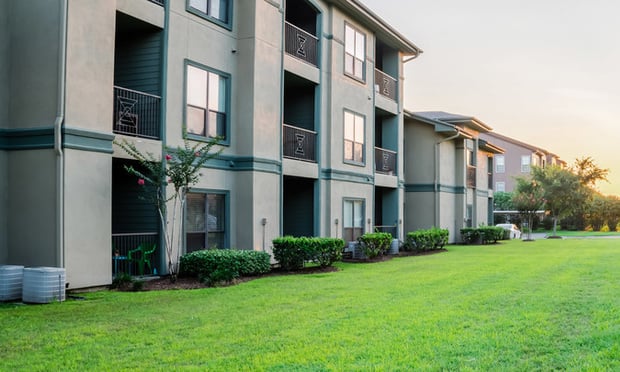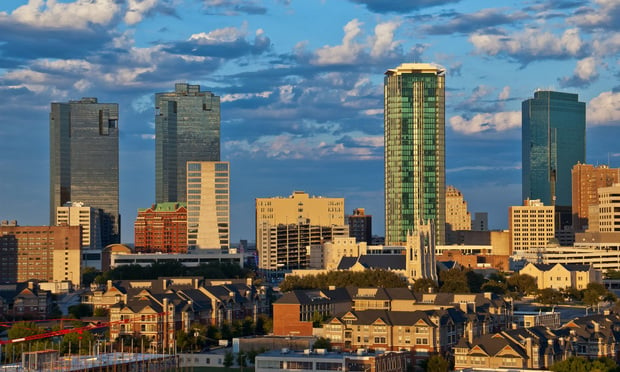 DALLAS—With food-and-beverage outlets now among the fastest-growing categories in retail centers, four emerging eatery formats are poised for significant expansion: food trucks, food halls, celebrity-chef restaurants and “grocerants,” according to a new CBRE Group Inc. report. The report highlights numerous data points that underscore the booming growth of restaurants, including the finding that total US restaurant sales surpassed grocery sales for the first time last year, according to government data, faring better since the recession than any other retail category. It also points out that, while millennials dine out more often, older generations spend more overall at restaurants. This points to more growth for restaurants as millennials age and earn more. Jack Gosnell , senior vice president in CBRE's Dallas office, tells GlobeSt.com: “The greater Dallas marketplace is white hot with new restaurants anxious to test this highly competitive market. Many concepts new to Texas are now competing for new restaurant space as it's delivered. The latest recreation of the food court, now labeled food hall, is also on many developers' plans. The format we're seeing in Dallas right now is a building owner providing the infrastructure for independent operators to lease space—the Dallas Farmers Market and Trinity Groves are examples.” The factors pointed out in the report and others collectively suggest that growth in spending at restaurants is more than a cyclical, post-recession recovery but instead a fundamental shift in American dining and spending habits. “We know that the strength of the food-and-beverage category has led to many shopping center owners seeking restaurants as anchor tenants to draw in shoppers, whereas department stores and other retailers previously filled that role,” said David Orkin , executive vice president and restaurant practice leader, CBRE. “What's particularly interesting today is that retail center owners are not only focused on traditional, proven restaurant concepts, but they are more willing than ever to embrace a broader range of emerging and, in some cases, untested concepts like food trucks which don't pay traditional rent. They are willing to take risks to compete.” CBRE enlisted its restaurant experts, led by Orkin, to identify the up-and-coming restaurant formats likely to drive the category's further expansion in retail property. These four categories offer many or all of the attributes that appeal to modern diners and shoppers: diversity, convenience, uniqueness, relative affordability and experiential focus. While food trucks don't often pay traditional rent, these standalone concepts attract shoppers to centers and have served as incubators to develop restaurant concepts that later become brick-and-mortar tenants. The urban retail format of a food hall features a changing mix of local and often independent food-and-beverage outlets that collectively add to the center's atmosphere and uniqueness. While sometimes expensive and risky to establish in a center, restaurants helmed by well-known chefs can be significant and exclusive traffic generators for a property when successful. “Grocerants” are grocery stores that also offer prepared foods and made-to-order meals with a mix of freshness, convenience and affordability that are attractive to shoppers and, by extension, property owners. Though these formats are popular, cultivating them can be risky for property owners. Restaurants— especially new, independent restaurants—have a notoriously high failure rate. What's more, most property owners must contribute substantial capital to outfit spaces for restaurant use. One solution property owners have undertaken is to forego immediate repayment of buildout costs or to keep base rents low in exchange for an ownership stake in the restaurant, says CBRE. In that approach, the property owner receives a share of that restaurant's profit even after its initial investment is repaid, thus providing the property owner a return on its assumption of risk. “There's a move toward financial partnership rather than traditional tenant-landlord relationships,” said Melina Cordero , CBRE's head of retail research in the Americas. “That's something that landlords are going to have to be open to if they are pursuing some of these categories. In many cases, the customer draw generated by these food-and-beverage categories and the atmosphere they foster make the investment worthwhile.”
DALLAS—With food-and-beverage outlets now among the fastest-growing categories in retail centers, four emerging eatery formats are poised for significant expansion: food trucks, food halls, celebrity-chef restaurants and “grocerants,” according to a new CBRE Group Inc. report. The report highlights numerous data points that underscore the booming growth of restaurants, including the finding that total US restaurant sales surpassed grocery sales for the first time last year, according to government data, faring better since the recession than any other retail category. It also points out that, while millennials dine out more often, older generations spend more overall at restaurants. This points to more growth for restaurants as millennials age and earn more. Jack Gosnell , senior vice president in CBRE's Dallas office, tells GlobeSt.com: “The greater Dallas marketplace is white hot with new restaurants anxious to test this highly competitive market. Many concepts new to Texas are now competing for new restaurant space as it's delivered. The latest recreation of the food court, now labeled food hall, is also on many developers' plans. The format we're seeing in Dallas right now is a building owner providing the infrastructure for independent operators to lease space—the Dallas Farmers Market and Trinity Groves are examples.” The factors pointed out in the report and others collectively suggest that growth in spending at restaurants is more than a cyclical, post-recession recovery but instead a fundamental shift in American dining and spending habits. “We know that the strength of the food-and-beverage category has led to many shopping center owners seeking restaurants as anchor tenants to draw in shoppers, whereas department stores and other retailers previously filled that role,” said David Orkin , executive vice president and restaurant practice leader, CBRE. “What's particularly interesting today is that retail center owners are not only focused on traditional, proven restaurant concepts, but they are more willing than ever to embrace a broader range of emerging and, in some cases, untested concepts like food trucks which don't pay traditional rent. They are willing to take risks to compete.” CBRE enlisted its restaurant experts, led by Orkin, to identify the up-and-coming restaurant formats likely to drive the category's further expansion in retail property. These four categories offer many or all of the attributes that appeal to modern diners and shoppers: diversity, convenience, uniqueness, relative affordability and experiential focus. While food trucks don't often pay traditional rent, these standalone concepts attract shoppers to centers and have served as incubators to develop restaurant concepts that later become brick-and-mortar tenants. The urban retail format of a food hall features a changing mix of local and often independent food-and-beverage outlets that collectively add to the center's atmosphere and uniqueness. While sometimes expensive and risky to establish in a center, restaurants helmed by well-known chefs can be significant and exclusive traffic generators for a property when successful. “Grocerants” are grocery stores that also offer prepared foods and made-to-order meals with a mix of freshness, convenience and affordability that are attractive to shoppers and, by extension, property owners. Though these formats are popular, cultivating them can be risky for property owners. Restaurants— especially new, independent restaurants—have a notoriously high failure rate. What's more, most property owners must contribute substantial capital to outfit spaces for restaurant use. One solution property owners have undertaken is to forego immediate repayment of buildout costs or to keep base rents low in exchange for an ownership stake in the restaurant, says CBRE. In that approach, the property owner receives a share of that restaurant's profit even after its initial investment is repaid, thus providing the property owner a return on its assumption of risk. “There's a move toward financial partnership rather than traditional tenant-landlord relationships,” said Melina Cordero , CBRE's head of retail research in the Americas. “That's something that landlords are going to have to be open to if they are pursuing some of these categories. In many cases, the customer draw generated by these food-and-beverage categories and the atmosphere they foster make the investment worthwhile.”  DALLAS—With food-and-beverage outlets now among the fastest-growing categories in retail centers, four emerging eatery formats are poised for significant expansion: food trucks, food halls, celebrity-chef restaurants and “grocerants,” according to a new
DALLAS—With food-and-beverage outlets now among the fastest-growing categories in retail centers, four emerging eatery formats are poised for significant expansion: food trucks, food halls, celebrity-chef restaurants and “grocerants,” according to a new
Want to continue reading?
Become a Free ALM Digital Reader.
Once you are an ALM Digital Member, you’ll receive:
- Breaking commercial real estate news and analysis, on-site and via our newsletters and custom alerts
- Educational webcasts, white papers, and ebooks from industry thought leaders
- Critical coverage of the property casualty insurance and financial advisory markets on our other ALM sites, PropertyCasualty360 and ThinkAdvisor
Already have an account? Sign In Now
*May exclude premium content© 2024 ALM Global, LLC, All Rights Reserved. Request academic re-use from www.copyright.com. All other uses, submit a request to [email protected]. For more information visit Asset & Logo Licensing.








